1. The Essex Disaster: The Real-Life Inspiration for Moby Dick
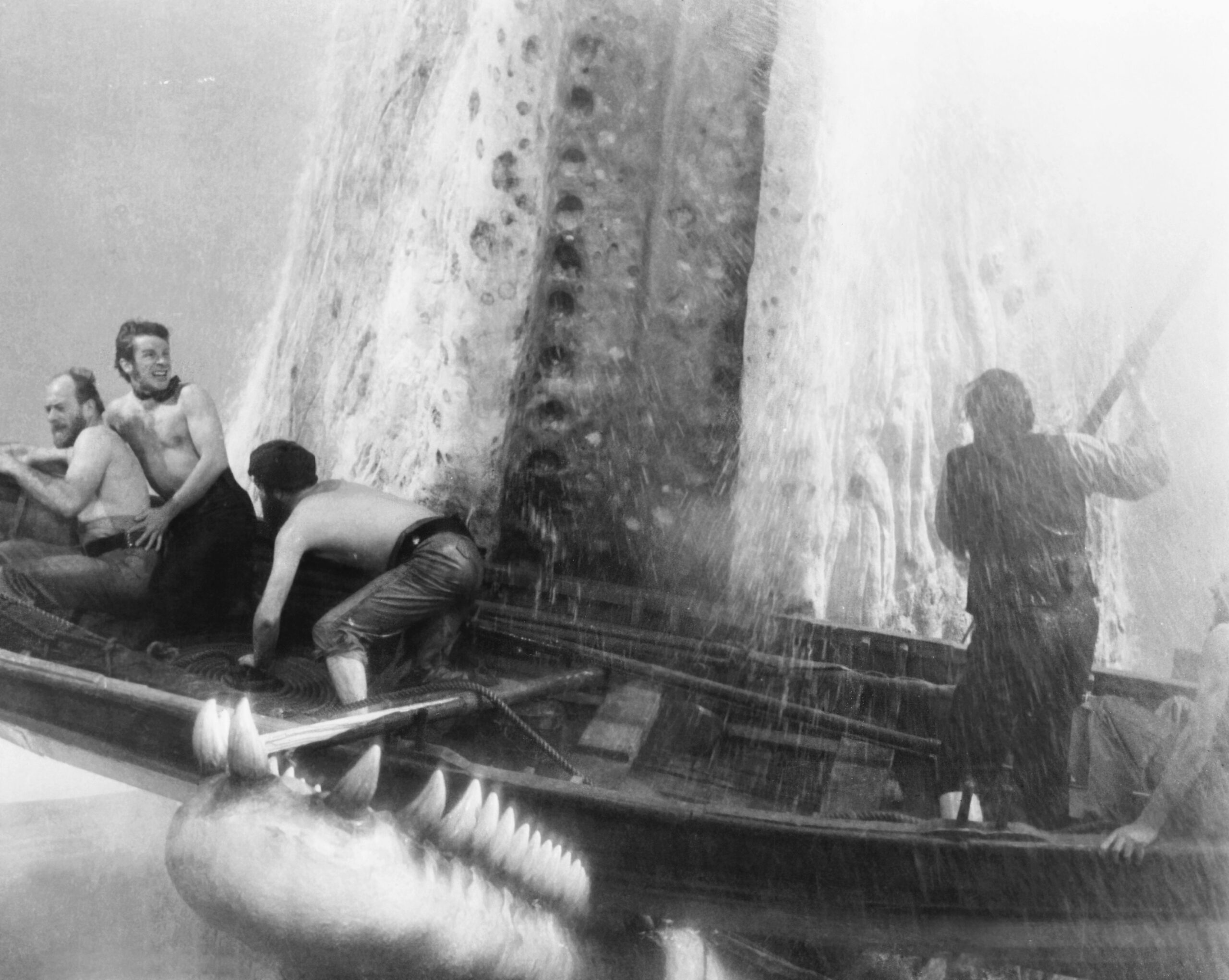
According to the Smithsonian Magazine, the whaling ship Essex was rammed and sunk by an enraged sperm whale in the middle of the Pacific Ocean in 1820. This wasn’t just a freak accident—witnesses described the whale as acting with intent, striking the ship twice and ensuring its destruction. The crew was left stranded on small whaleboats with limited supplies, thousands of miles from land. What followed was a horrific tale of starvation, dehydration, and desperation that culminated in cannibalism.
The story of the Essex inspired Herman Melville’s Moby Dick, but the real events were even more brutal. Unlike Ahab’s obsessive pursuit of the whale, the Essex crew didn’t provoke their attacker—it came to them. Their months-long struggle for survival serves as a grim reminder of the dangers faced by 19th-century sailors. The tale of the Essex is not just a maritime disaster but a haunting testament to humanity’s fragility in the vast, unforgiving ocean.
2. Mocha Dick: The Real White Whale
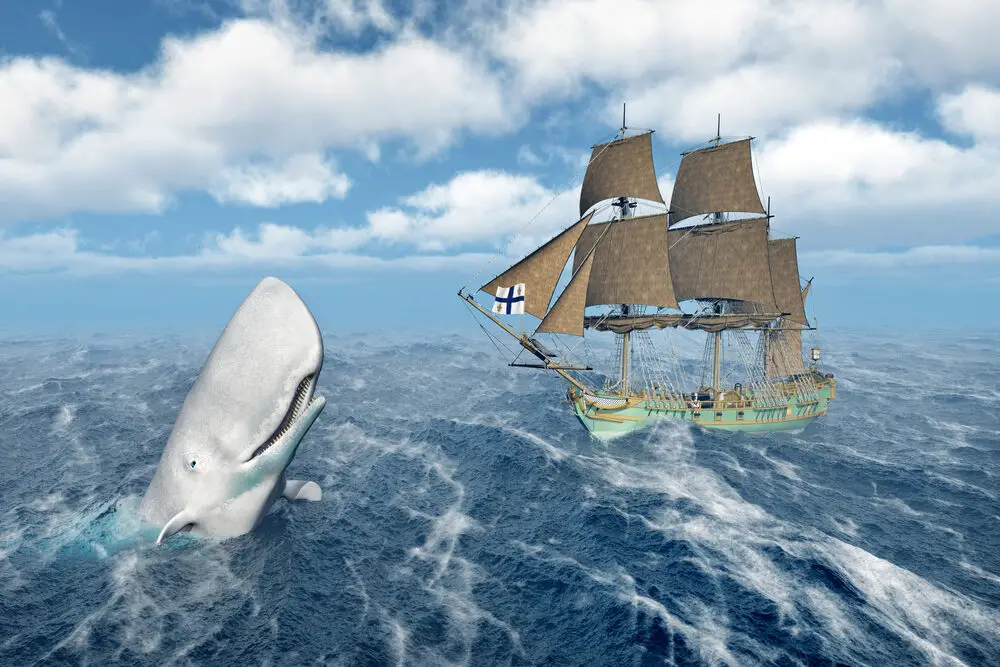
Long before Moby Dick, sailors told tales of Mocha Dick, sailors whispered stories of Mocha Dick, a legendary white sperm whale infamous for his ferocity and resilience. Named after the Chilean island of Mocha where he was frequently sighted, this formidable whale was said to have survived over 100 encounters with whaling ships. Unlike most whales that fled from danger, Mocha Dick was known to turn on his attackers with unmatched aggression, sinking ships and leaving destruction in his wake. His ghostly white appearance, accentuated by deep scars from countless battles, added to the aura of fear and fascination surrounding him.
Sailors who encountered Mocha Dick swore he possessed an almost human intelligence and an unrelenting thirst for vengeance. These accounts painted him as a nightmare for whalers, a creature that defied the odds and struck back against his pursuers. Despite his legendary strength, Mocha Dick was eventually killed, but his story endured in maritime folklore. His exploits undoubtedly inspired Herman Melville’s fictional white whale, embedding Mocha Dick’s legacy into literary history. The tales of this indomitable creature serve as a reminder of the ocean’s untamed power and the peril faced by even the most determined hunters. Through his legend, Mocha Dick remains a symbol of the sea’s enduring mysteries and formidable creatures.
3. The Pearl Incident: A Whale’s Fury Unleashed
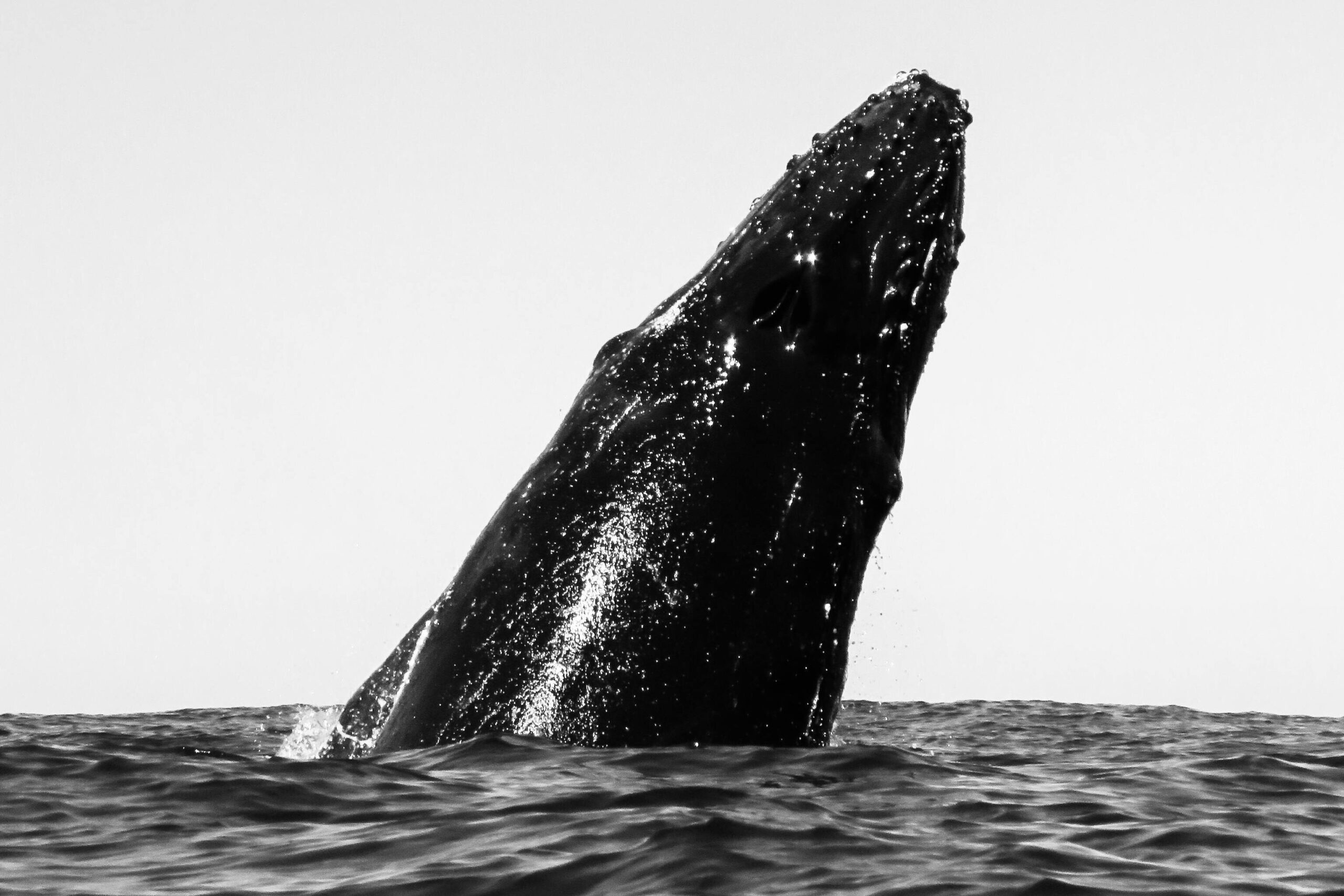
In 1823, the whaling ship Pearl was destroyed by the relentless fury of an aggressive sperm whale. Witnesses recounted how the whale rammed the ship with unyielding force, its powerful head striking again and again until the vessel capsized. The terrified crew narrowly escaped death, fleeing in small boats as they watched the Pearl vanish beneath the waves, a stark reminder of the ocean’s unpredictability.
This harrowing incident highlighted the sheer strength and potential aggression of sperm whales, particularly when provoked or threatened. For sailors, the attack on the Pearl was a sobering lesson that no amount of skill or preparation could guarantee safety against these formidable creatures. The disaster solidified the sperm whale’s fearsome reputation, earning it both respect and dread among seafarers. To this day, the Pearl serves as a cautionary tale about the raw power lurking beneath the ocean’s surface.
4. The Ann Alexander’s Destruction
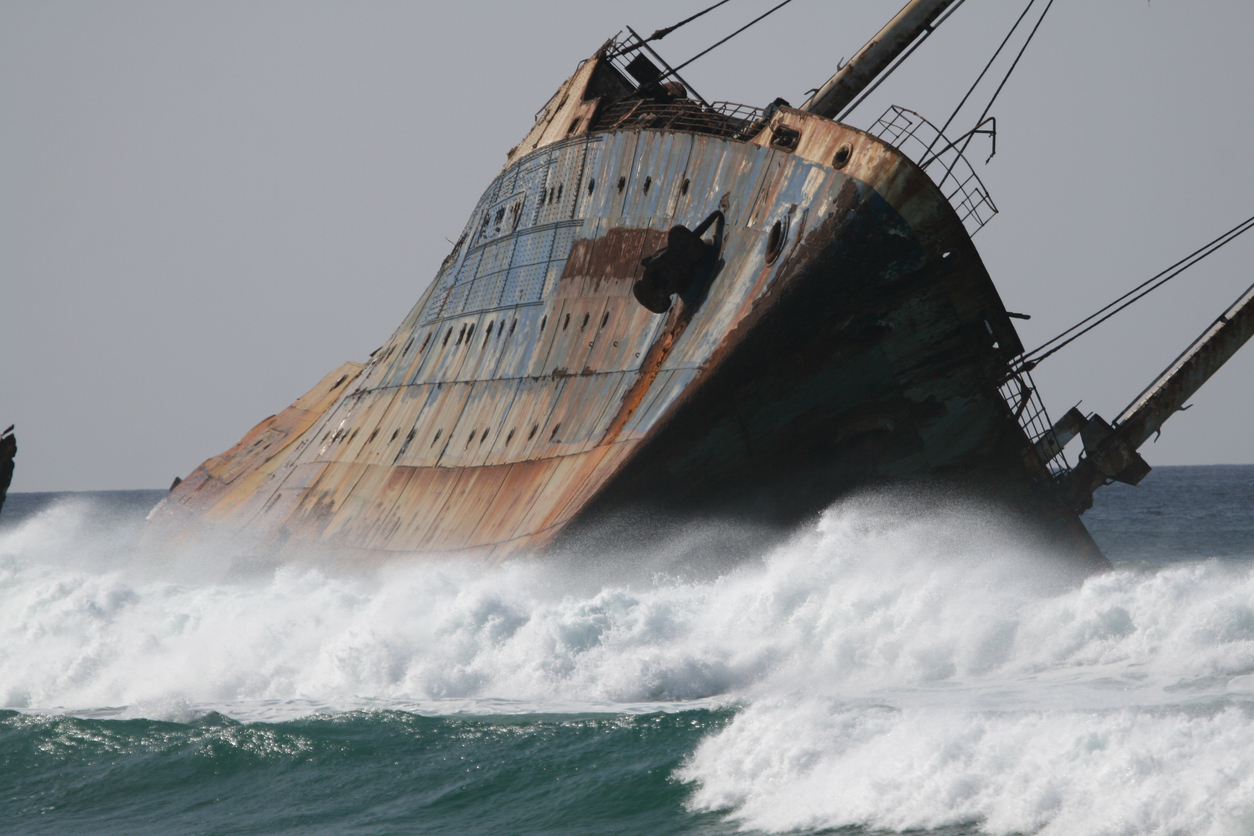
Just a year after the publication of Moby Dick, the whaling ship Ann Alexander met an eerily similar fate, cementing the chilling parallels between fiction and reality. In 1851, near the Galápagos Islands, a massive sperm whale rammed the ship twice with immense force, leaving it irreparably damaged. The crew had no choice but to abandon ship, watching as their vessel succumbed to the sea.
This real-life event reignited fear and awe surrounding sperm whales, echoing themes of vengeance and intelligence found in Melville’s novel. For whalers, the attack on the Ann Alexander was unsettling proof that these creatures could act with deliberate aggression. Though the crew survived thanks to a timely rescue, the incident added another layer to the growing mythos of vengeful whales, blurring the lines between legend and reality.
5. The Cachalot Incident: A Whale’s Deadly Determination

The British whaling ship Cachalot endured an unforgettable encounter in the late 19th century when a sperm whale attacked with terrifying force. According to crew accounts, the whale breached directly onto the ship’s deck, causing extensive damage and nearly capsizing the vessel. Described as “possessed,” the whale thrashed and attacked with relentless fury, leaving the crew in shock.
This harrowing incident highlighted the unpredictable and deadly nature of sperm whales when provoked. While the crew managed to survive, the Cachalot was left severely damaged and nearly inoperable. Encounters like these served as stark reminders that even the ocean’s most skilled hunters could find themselves at the mercy of their formidable prey.
6. The Cheynes II Encounter: A Modern-Day Scare

Even in modern times, whales have shown their capacity to strike back at humans. In the 1970s, the whaling ship Cheynes II encountered a sperm whale off the coast of Australia that aggressively rammed the vessel multiple times. The whale’s powerful strikes forced the crew to abandon their pursuit and retreat, leaving them in awe of the animal’s sheer strength.
This incident served as a stark reminder that, despite technological advancements, humanity remains vulnerable to the raw power of nature. The crew’s fortunate escape highlighted the unpredictable behavior of these massive creatures and underscored the importance of approaching them with respect and caution. Encounters like this continue to challenge the perception of humans’ dominance over the ocean.
7. The Pequod Parallel in Real Life
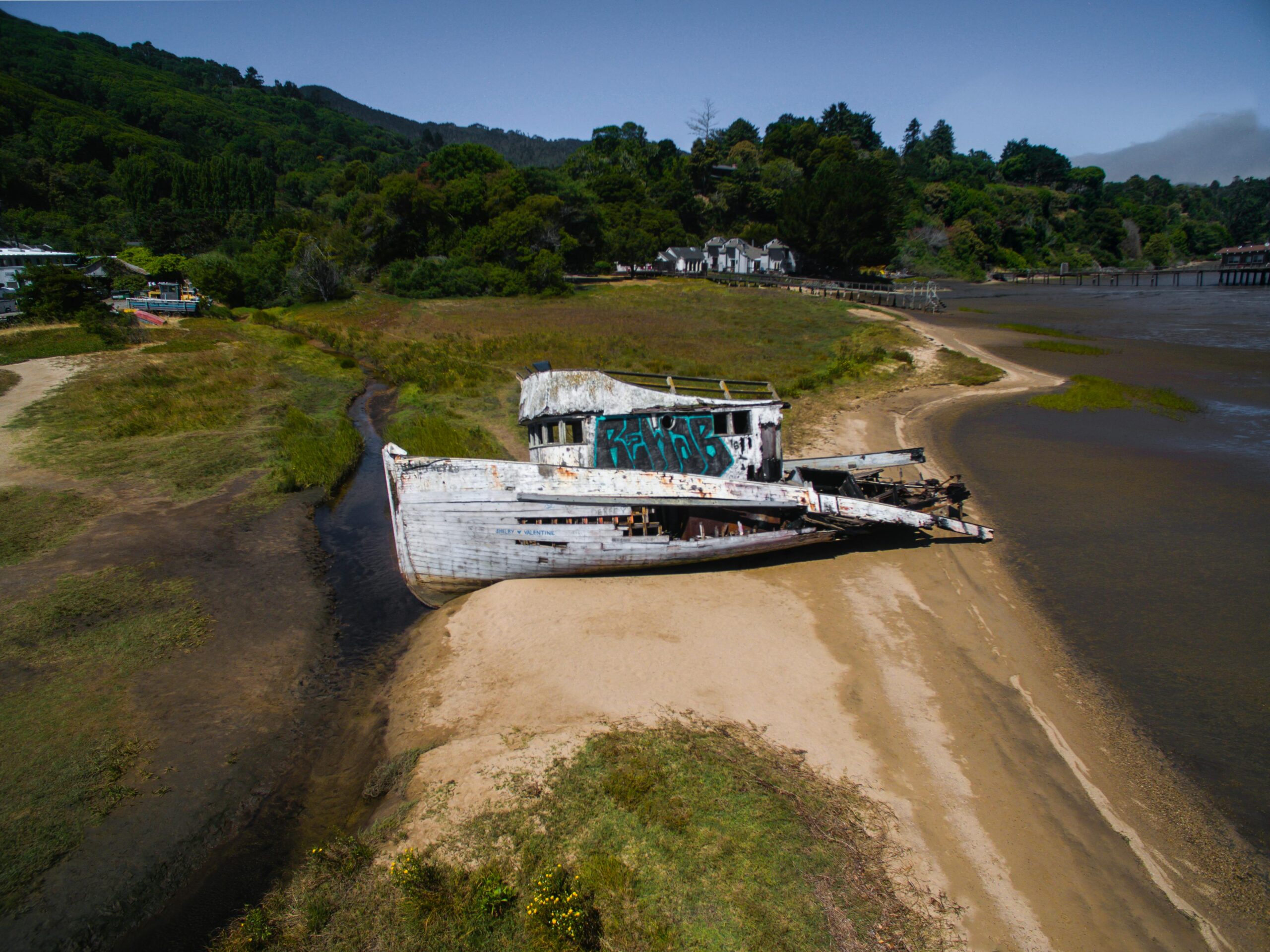
One of the most famous literary ships, the Pequod, met its end in Moby Dick, but real-life vessels have faced similar fates at the hands of whales. Historical records detail numerous instances of ships being sunk by whales, showcasing the striking parallels between Herman Melville’s dramatic fiction and actual maritime events. These true stories highlight the formidable strength and unpredictability of these ocean giants, blurring the line between storytelling and reality. For sailors, such tales became more than just fascinating anecdotes—they were warnings about the dangers lurking beneath the waves.
The whales involved in these attacks often appeared almost vengeful, targeting ships with what seemed like calculated precision. Their sheer force and apparent intent left sailors in awe and fear, challenging their perception of dominance over the sea. These encounters were more than mere accidents; they symbolized nature’s ability to reclaim control in the face of human aggression. For many, these incidents served as a stark reminder of the ocean’s untamed power and the need for respect when navigating its depths.
8. The Charles W. Morgan’s Close Call
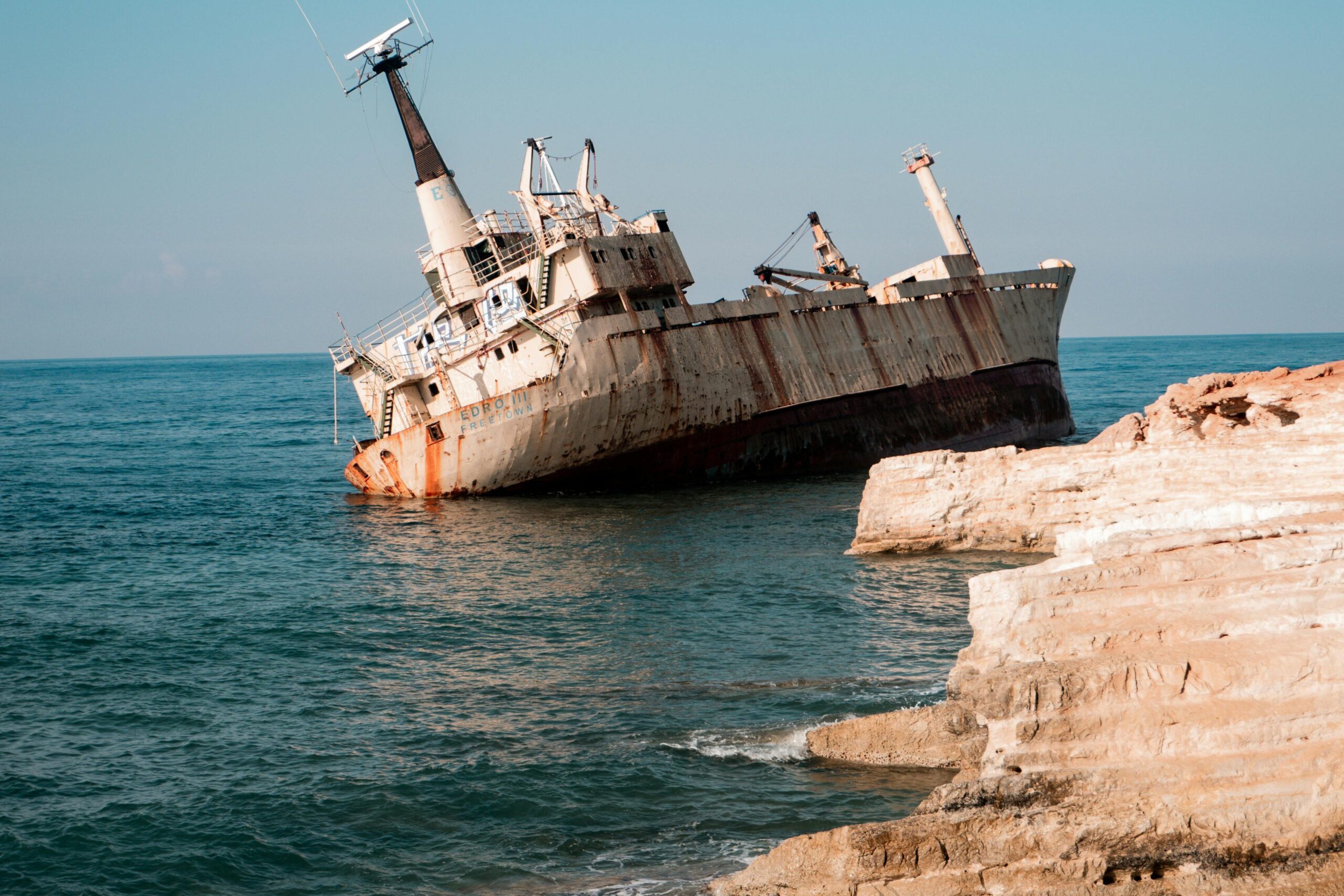
The Charles W. Morgan, the world’s oldest surviving whaling ship, had its share of perilous encounters with the very creatures it pursued. One particularly frightening incident involved a massive sperm whale repeatedly ramming the ship’s hull, coming dangerously close to breaching it. The force of the attacks left the crew scrambling to reinforce the vessel and avoid disaster, highlighting the unpredictable and often violent nature of their quarry.
Thanks to the crew’s quick thinking and coordinated efforts, the ship narrowly avoided catastrophe. However, the harrowing experience served as a stark reminder of the immense risks inherent in whaling. For those aboard, it was more than just a close call—it was a life-or-death struggle that underscored the raw power of their prey and left them with a profound respect for the ocean’s most formidable giants.
9. The Captain Pollard Saga: A Life Defined by Whales
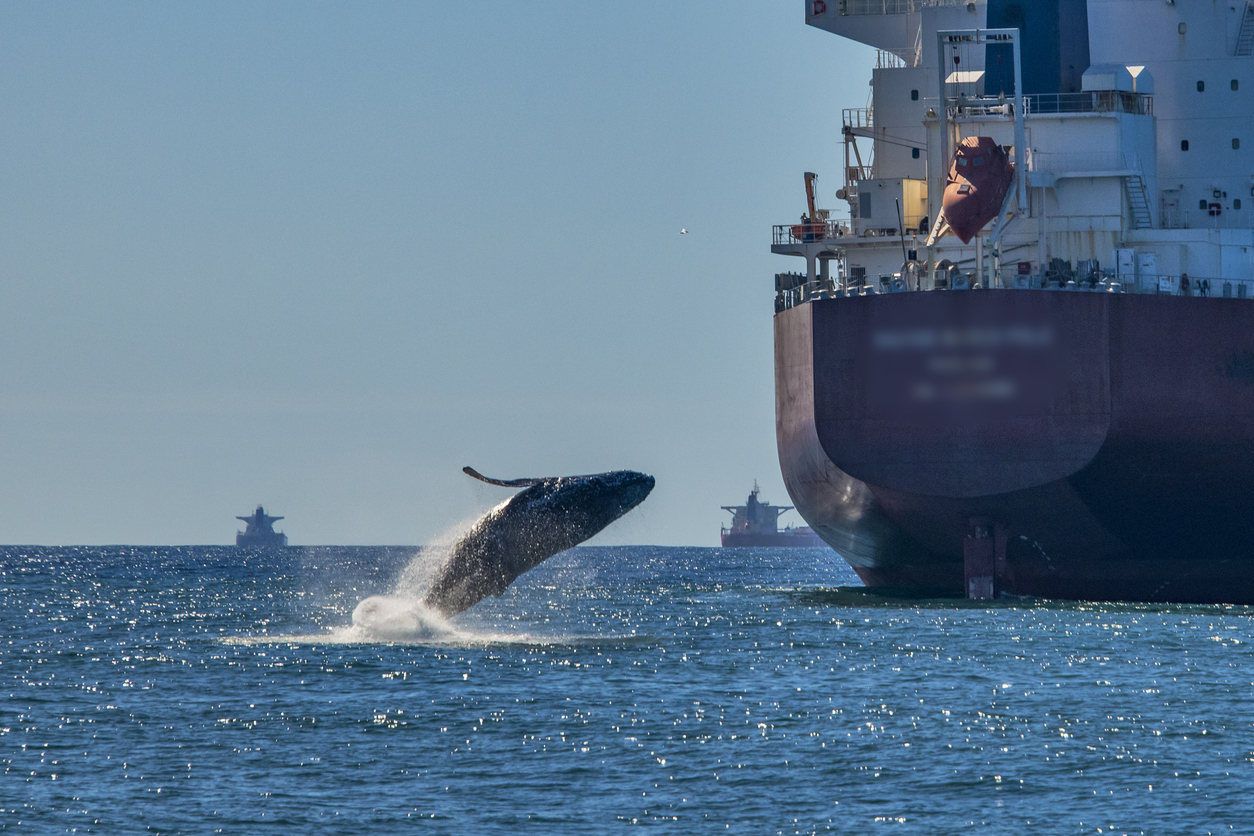
George Pollard Jr., the captain of the ill-fated Essex, seemed destined to face the wrath of the sea’s giants. After surviving the Essex disaster—an ordeal that began with a sperm whale ramming and sinking the ship and ended with a harrowing journey of starvation and cannibalism—Pollard took command of another whaling vessel. Astonishingly, his second command also met a similar fate, as another whale attack left his ship destroyed. For Pollard, lightning had struck twice, turning him into a figure of fascination and fear among sailors.
These repeated encounters with vengeful whales elevated Pollard to a legendary status in maritime lore. His life, marked by tragedy and resilience, became a sobering reminder of the perils faced by whalers. To many, his story symbolized the unpredictable and often violent relationship between humans and nature. Pollard eventually retired from the sea, his career overshadowed by the extraordinary misfortunes that befell him. Even in his later years, he was haunted by the events, serving as a living testament to the dangers and unpredictability of life as a whaler.
10. The Global Legacy of Whale Encounters
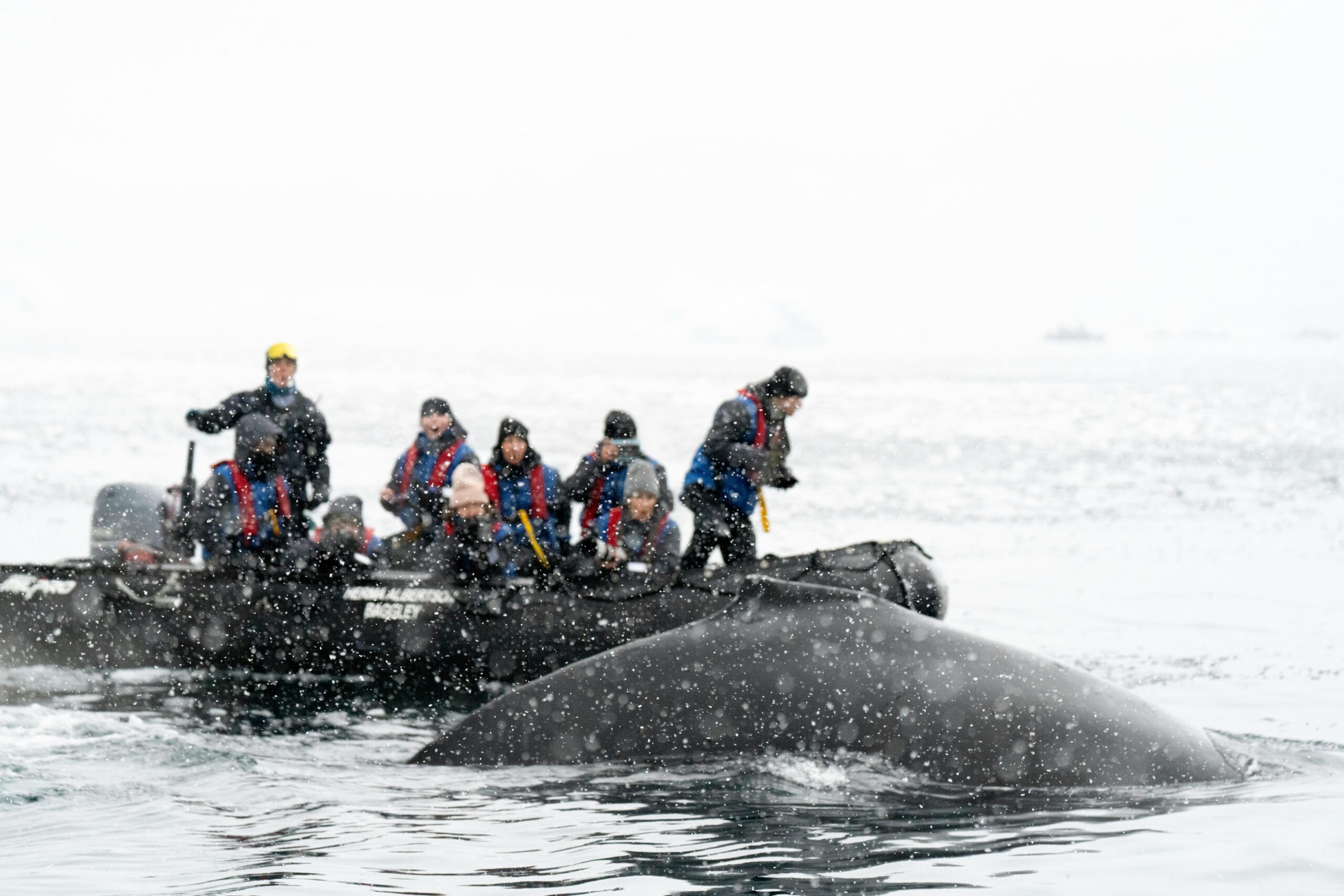
Throughout history, tales of whale attacks have emerged from oceans across the globe, from the icy Arctic to the vast Pacific. These accounts often describe ships being sunk or severely damaged by whales displaying shocking aggression. Such incidents, though rare, left indelible marks on the sailors who lived to tell the tale, turning them into legends of maritime lore.
While some dismiss these stories as exaggerated sailor’s yarns, the consistency of the accounts suggests they hold more truth than fiction. Whales, often perceived as gentle giants, have shown they can defend themselves with a force that commands awe and respect. These true tales reveal a side of nature that is both terrifying and fascinating, reminding us of the ocean’s mysteries and the raw, untamed power that lies beneath its surface. Whether deliberate attacks or eerie parallels to Melville’s Moby Dick, they underscore humanity’s vulnerability when confronting the unpredictable might of the natural world.


